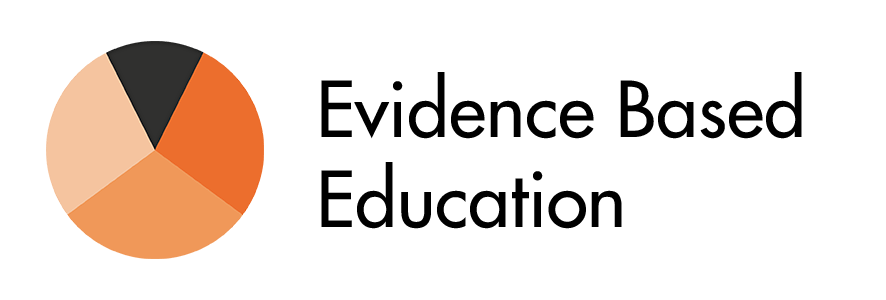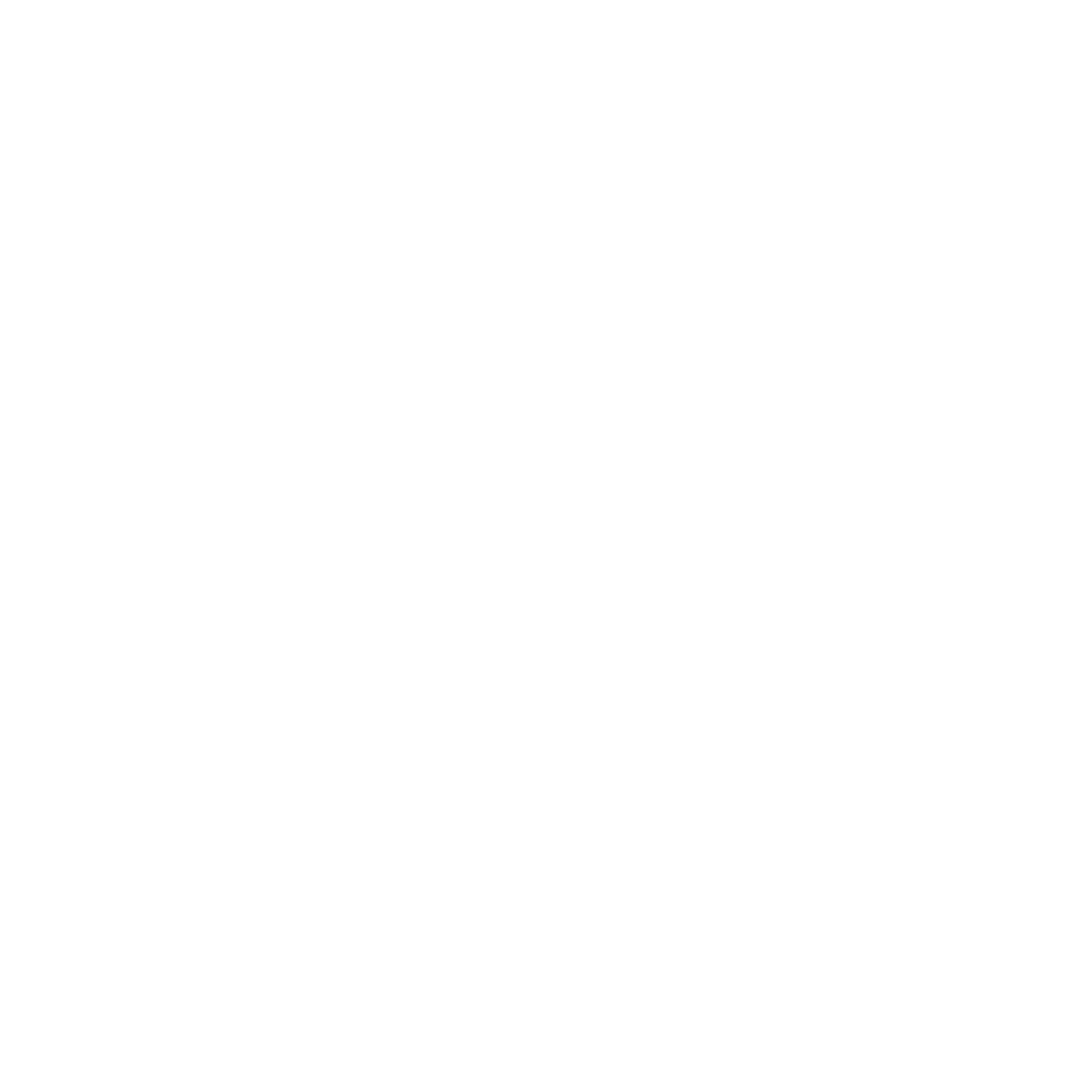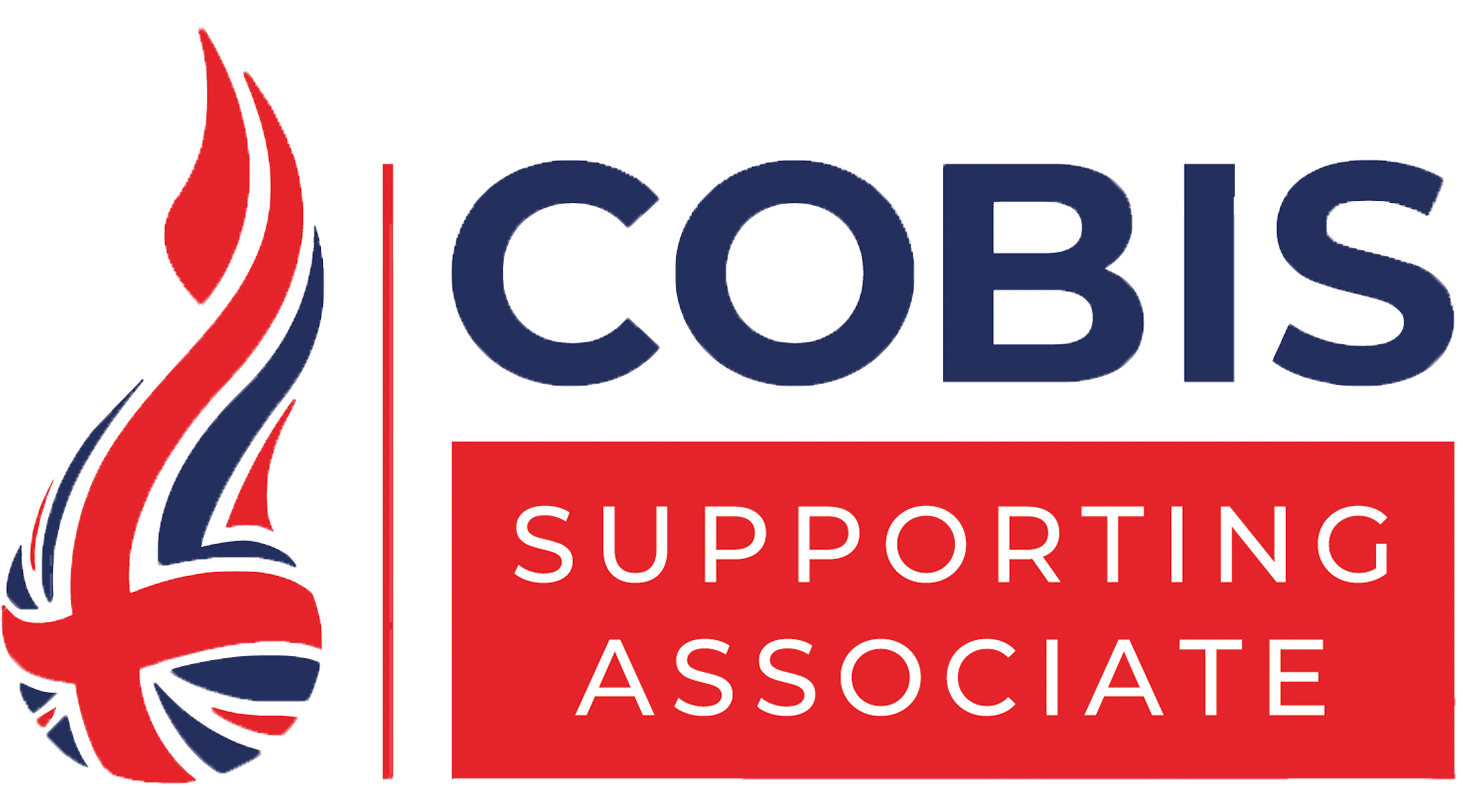Questioning is an element of great teaching that serves multiple purposes. Good questions and prompts offer pedagogical benefits, for both teachers and students. In this blog article, we offer a brief explanation of why teachers use questioning, as well as some effective strategies to exemplify what it looks like.
Pause for a moment and think back to your teacher training days – perhaps you are a trainee teacher at the moment – you’ve just explained a new concept, or presented some new information. In these instances, to ask a follow-up question is almost like a natural reflex, or instinct. But at precisely this moment you realise how hard it is to find the right words, the right formulation, to move learning forward and to ascertain how successful your explanation has been thus far. With time, questioning becomes easier, but it remains a teaching artform that evades perfection.
As we have mentioned in the Great Teaching Toolkit: Evidence Review, to claim that questioning is an important aspect of teaching practice is nothing new – it features in almost every existing teaching model already out there. Rosenshine’s Principles of Instruction, for example, suggest teachers should ask a large number of good questions (2010). The ‘good’ is crucial here. Highly effective questioning is about quality rather than quantity; formulating questions which elicit deep thinking and which provide useful insights about students’ thinking to the teacher.
One thing that is certain is that any conversation about great teaching, anywhere in the world, in any kind of educational setting, is going to involve questioning sooner or later!
Great teachers use questioning for two key purposes:
- To promote thinking; and
- To assess thinking.
Questioning is a tool to promote deep, connected and elaborated thinking. Great teachers use questioning as part of a dialogue in which students are engaged and stretched. They prompt students to give explanations and justifications for their answers, or to improve an initial response, to describe their thinking processes, to elaborate on their answers, exploring implications, ‘what-if’s and connections with other ideas and knowledge (Dunlosky et al., 2013; Praetorius et al., 2018).
Although we have used the word ‘questioning’ here, the range of activities teachers use to promote oracy and dialogue are much wider. For example, Shimamura (2018) encourages learners to apply the ‘three Cs’ when encountering new information:
- Categorise: Consider how new information fits into existing knowledge.
- Compare: Consider similarities with existing knowledge.
- Contrast: Consider differences with existing knowledge.
Amongst others, Dunlosky et al. (2013) recommend a related strategy, ‘elaborative-interrogation’; in this, the learner generates an explanation for why a learned fact would be true. Research shows that why and how questions can help facilitate learning; Dunlosky et al. theorise that this is because this encourages the learner to connect new knowledge to existing knowledge.
Questioning is also an assessment tool. It is used to elicit and check student thinking, knowledge and understanding. Asking questions, or providing prompts, that provide clear insight into whether students have grasped the required knowledge and understanding is hard; student responses are often ambiguous or require further clarification. Conclusions can be drawn only tentatively; a question is but one inadequate glance into student learning. And if that didn’t already sound challenging enough, teachers have to gather these inadequate glances from many students at once! As such, great teachers also have strategies for checking the responses of all students. This is not easy to do well, but asking meaningful and appropriate questions that target essential learning, collecting and interpreting responses from every student, and responding to the results are all classroom skills that can be refined and improved over time, with conscious effort.
What does this look like in our courses?
Our Questioning course covers the key aims of questioning, how to use questioning to assess students’ thinking, some basic principles of assessment design – including the ‘four pillars’ – specific questioning strategies such as hinge questions and exit tickets, and also the use of questioning to promote deep thinking. There is also opportunity for teachers to reflect and relate the course content to their own classroom context and practice, and to engage with other GTT teachers around the world to discuss questioning principles and techniques via our GTT community page.
You can learn more about questioning in a way that learners can understand in the Great Teaching Toolkit course, “Questioning”. And, of course, you can see these strategies for yourself in all of EBE’s courses. Click here to sign-up to a free trial of all of the courses featured in the Great Teaching Toolkit.
Dunlosky, J., Rawson, K. A., Marsh, E. J., Nathan, M. J., & Willingham, D. T. (2013). Improving students’ learning with effective learning techniques. Psychological Science in the Public Interest, 14(1), 4–58. https://doi.org/10.1177/1529100612453266
Rosenshine, B. (2010). Principles of instruction. Educational Practices Series, 21, 109–125. https://doi.org/10.1007/978-94-007-2669-7_7
Shimamura, A. (2018). MARGE. A whole-brain learning approach for students and teachers. https://shimamurapubs.files.wordpress.com/2018/09/marge_shimamura.pdf
Praetorius, A. K., Klieme, E., Herbert, B., & Pinger, P. (2018). Generic dimensions of teaching quality: the German framework of Three Basic Dimensions. ZDM – Mathematics Education, 50(3), 407– 426. https://doi.org/10.1007/s11858-018-0918-4






Very useful for me as future teacher.
Very useful piece and well referenced. Thank you.